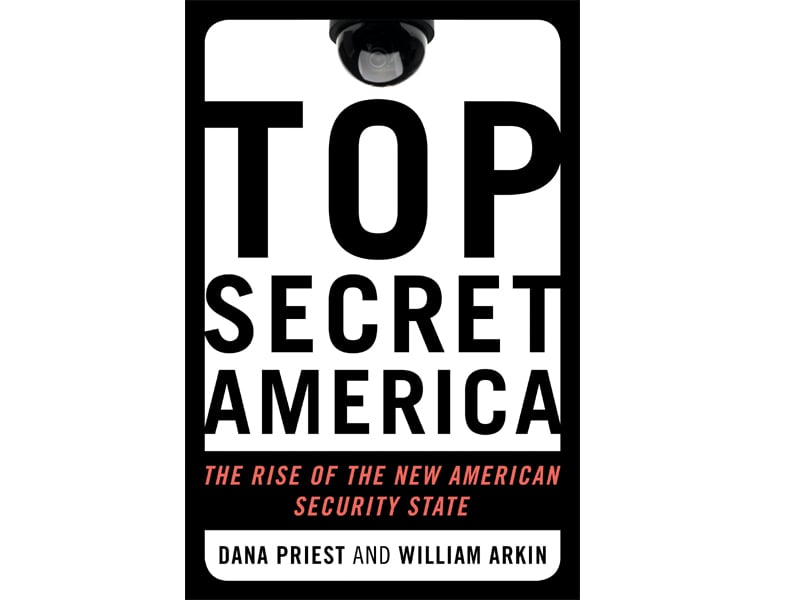
The book outlines how defence contracting firms had made billions from the war on terror, the erosion of civil rights in America and the Pentagon’s heavy reliance on contractors. It features extensive research and investigation into the murky world of intelligence collection, sharing and use; detailing how multiple agencies bloated post 9/11. Within a span of ten years, many started producing the same intelligence and data – piles and piles of it that complicated the process instead of helping intelligence agencies.
The book’s style befits a thriller and each page holds fresh revelations, as Priest and Arkin piece together a billion dollar industry that has benefited from the war on terror. The book highlights the development and growth of government and military institutions in the past decade. From police departments in Memphis to the CIA, each has expanded its surveillance operations to the extent that the United States now resembles a police state.
For those interested in US-Pakistan relations, the book also features some interesting anecdotes about Pakistan which make for fascinating reading. It also details the controversial and publicised events that have made up the war on terror — from CIA secret prisons and the rise of the Joint Special Operations Command (JSOC) under Donald Rumsfeld’s rule to its present state and, of course, the new favourite tool in warfare: drones.
“The number of drones in the US arsenal has increased from 60 to more than 6,000 since 9/11. Funding for drone-related projects and activities was about $350 million in 2001, when the first CIA Predator was being flown from a trailer once used as a day care centre in the parking lot of the agency’s headquarters. In ten years, spending on drones has ballooned to over $4.1 billion, and there are over 20 different types of unmanned aerial vehicles in the government’s inventory. Most of them are used for surveillance. Some of the experimental ones are as small as a dragonfly, and disguised as one, too.”
The core argument presented in Top Secret America is whether the surveillance, the intense intelligence collection and the secrecy, that have been trademarks of the last ten years in the war against terrorism, have benefitted the United States, or have helped make it safer. It also lays bare the wasteful expenditures that continue to be part and parcel of the way the US military and intelligence agencies function, with important questions raised on its efficiency and reliance on private firms, and how, even with a new administration in charge, little has changed from the days of the Bush era.
Published in The Express Tribune, Sunday Magazine, October 23rd, 2011.























COMMENTS
Comments are moderated and generally will be posted if they are on-topic and not abusive.
For more information, please see our Comments FAQ